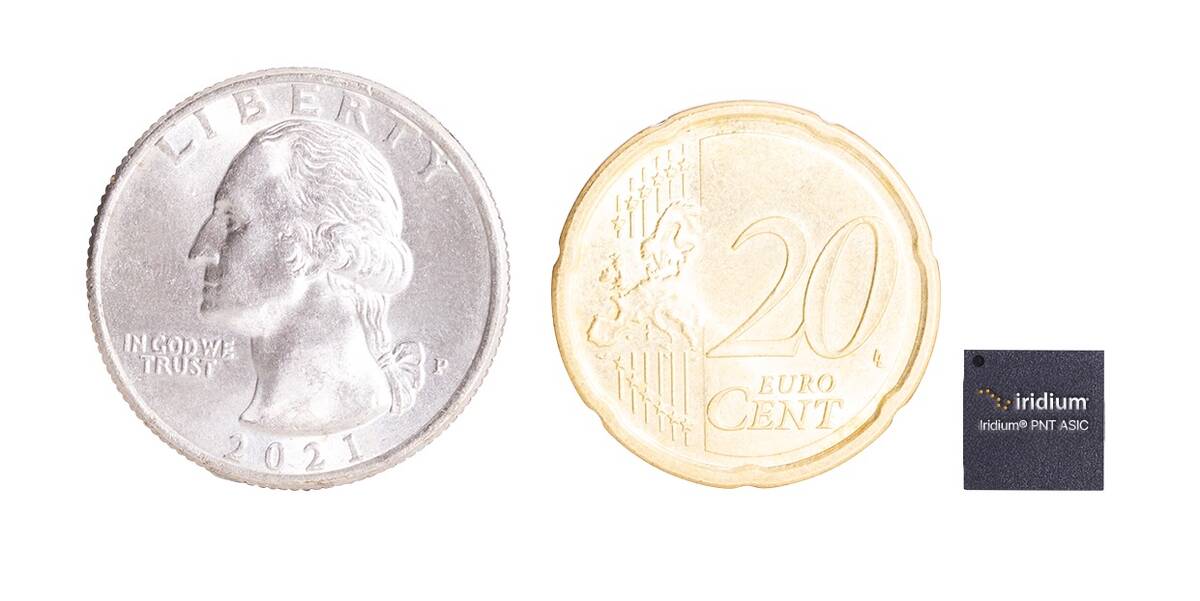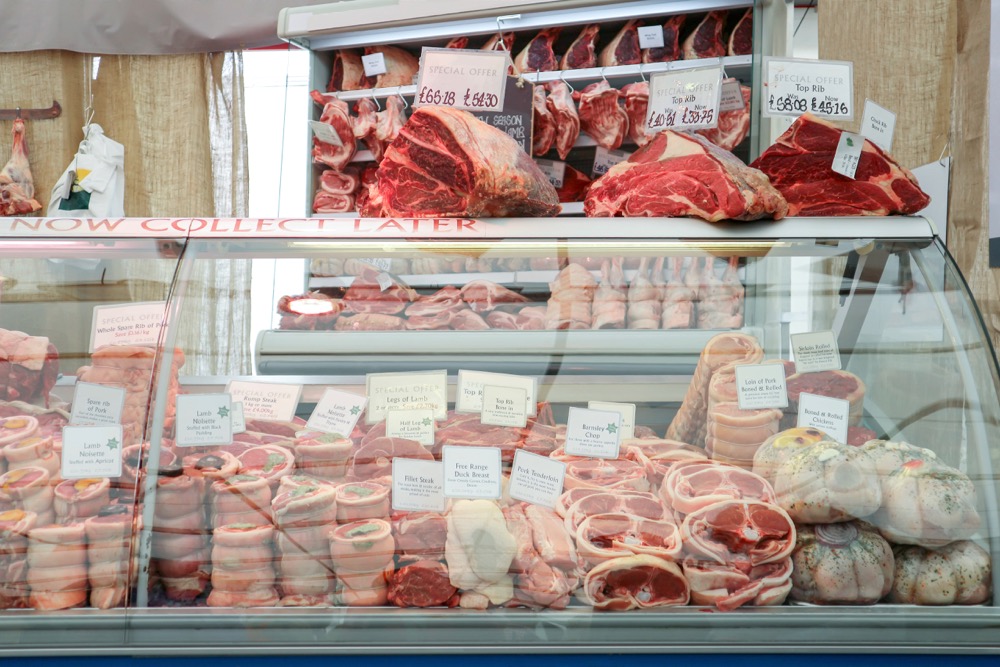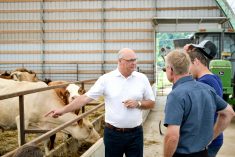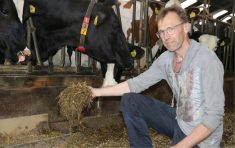There are opportunities in Europe for Canadian agriculture and food products, but we have to learn to play their game if we want a piece of the lucrative export market.
I recently spent a couple of weeks in Europe visiting relatives and travelling with family. When travelling we make our own meals when we can, and that gives me a good chance to see the inside of supermarkets.
Britain is the cradle of the local food movement and it continues there with no signs of abating.
Read Also

New Iridium technology helps block GPS spoofing
A tiny new chip will allow Iridium’s Positioning, Navigation and Timing (PNT) signals to be received much smaller devices, create a backstop against Global Positioning Systems (GPS) spoofing.
Britain is producing less and less of its own food, but yet the supermarkets I visited had British-grown and processed food at the forefront of all displays, shelves and counters. The need to label everything as British is pervasive.
I had a look at a can of baked beans that said it was processed in Britain. There’s a good chance that the white beans inside came from Ontario, as Canada supplies more than half of the white beans used for baked beans in Britain.
That represents the old and traditional way of doing business in Canada – selling undifferentiated commodities.
It’s value added that gets the sales and the exposure in the British food world – and indeed in most of Europe. That’s where Canadian agriculture and food exporters have to go – to finished products that are of value to the market, not just unprocessed products.
Look at the results since CETA, the free trade agreement with the European Union, implemented in 2018. Canada has increased its pork and beef exports by more than 100 per cent…but that is 100 per cent increase of very little before the agreement. Conversely, the EU has grown its export of mostly processed products to Canada.
EU food exports to Canada increased by almost 10 per cent, while Canada’s exports to the EU declined.
Until we are able to send high quality, less expensive finished product into Europe – preferably with a marketed story that gives consumers what they want – that trade deficit will be a challenge.
It’s what the European market wants to buy. If we want to compete there we have to give it to them. I’ve heard for 20 years that it’s frustrating that they find ways to not buy our undifferentiated product through non-tariff barriers. Let’s create better differentiated products.
Take the prepared meats counters in Canada versus the EU. Here there’s little differentiation other than company and price.
In a Waitrose in Britain near where my wife’s sister and her family live, the meat for slicing is labelled British first, then it also contains the other popular labels – the free-from and organics. Yes, Waitrose is similar to Loblaws, which is at the upper end for grocery store pricing, but there are some good lessons.
At one end of the counter is all the British meat – and it’s all differentiated beyond just British. At the other end is meat from other places, most of it undifferentiated, but a whole lot less expensive.
You can see a similar trend in the fresh fruits and vegetable area, with premium, and not always great quality fruits and vegetables from British farmers given precedence. What struck me is there’s little middle ground. You’re either British or you’re bulk and undifferentiated (also affordable).
It would make sense to me that there’s room in the middle for a differentiated, high quality, decently priced group of products from a country that still sits well with the British – Canada, of course.
Canada doesn’t have the mystical cache in the U.K. that it does in Japan, China and other eastern countries. The crisp, clean and beautiful country that we sell in the far east won’t fly in the U.K. They know us too well. However, it would be a good place to try out the mature, strong Canada Brand that everyone in export marketing’s been talking about for at least a decade. And tie it in with company labels of Canadian companies who can create a quality and health story that’s new in Europe.
The other question is, who are those Canadian companies who can fill the market with a differentiated product? Unfortunately that’s the other thing keeping us from taking more advantage of the EU market. We have some strong meat processing companies who already do this well in the far east. But, beyond Canadian meat companies, our food processors are focused on the U.S. and many do well there. Many lack the economic heft to make a pivot towards Europe, although it’s badly needed and quite possible.















